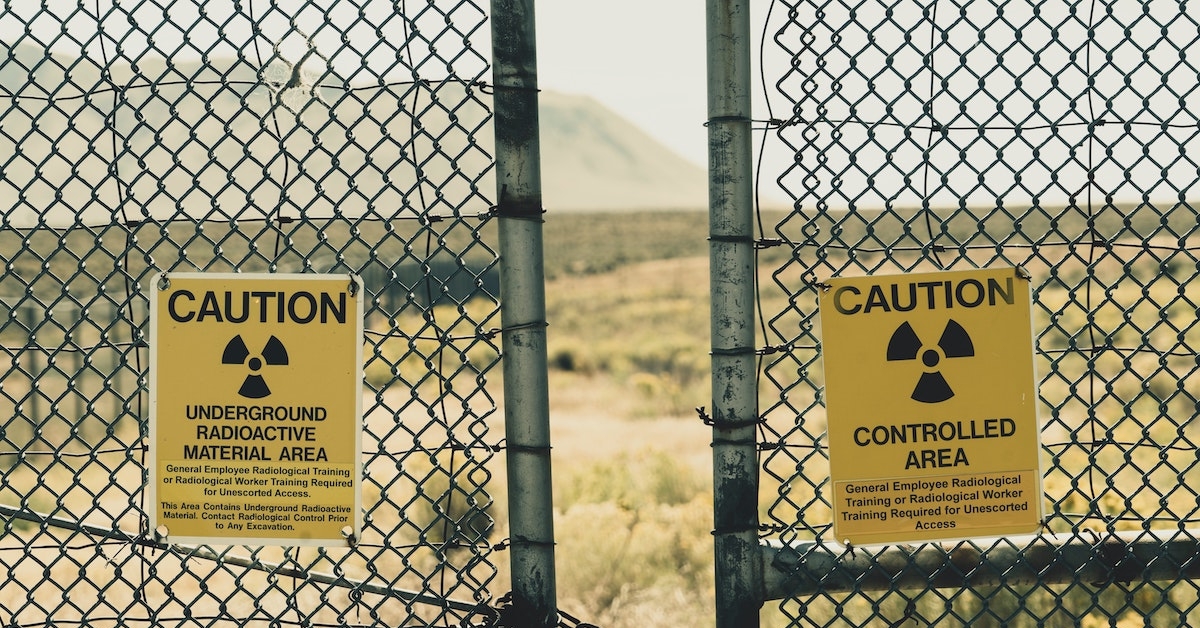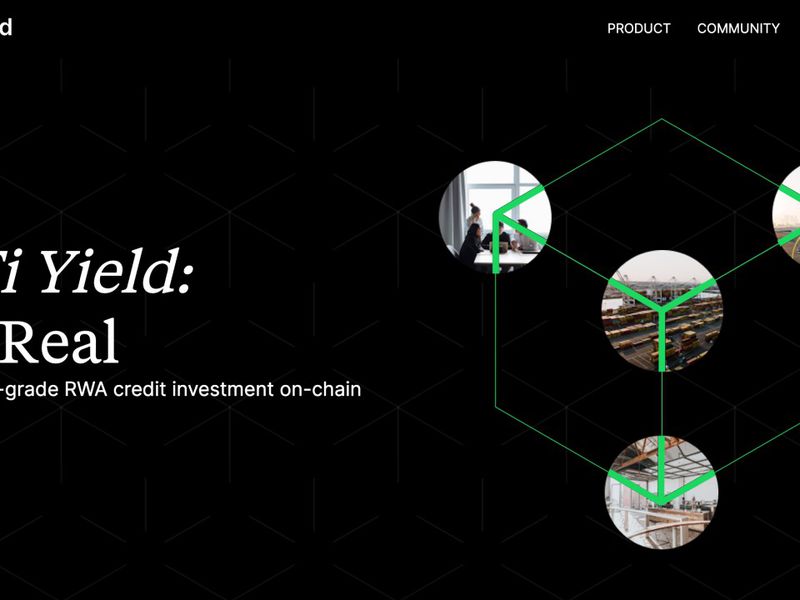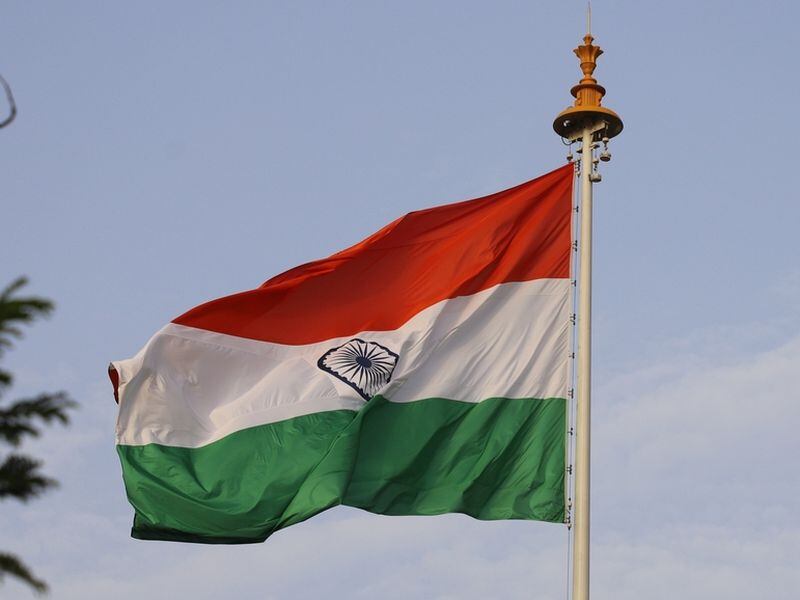Libra Is Ready for the Digital Money ‘Space Race’: Dante Disparte
TWO SIDES: Juggling inclusion and compliance remains Libra’s most pressing challenge. (Credit: Shutterstock)
Libra Is Ready for the Digital Money ‘Space Race’: Dante Disparte
The first Libra white paper published in June 2019 had the temerity to threaten the monetary authority of central banks and governments. The empire struck back.
That’s why an updated white paper from April 2020 has taken a belt and braces approach to regulatory compliance, said Dante Disparte, head of policy and communications at the Libra Association. The new technical document comes replete with buttoned-up hires and a pending payments license through the Swiss Financial Market Supervisory Authority (FINMA).
Libra’s watering-down of its global stablecoin to a series of fiat-backed stablecoins has prompted some commentators to say the project has lost its soul. Meanwhile, Libra has been written off by crypto purists (who didn’t like it anyway) and there is at least one U.S. lawmaker calling Libra’s revamp insufficient.
Whatever you thought of the “unfortunate” positioning of Libra’s first white paper, as Disparte put it, the effort undoubtedly triggered a “space race,” he said, particularly regarding central bank digital currencies (CBDCs).
And a world where 70% of central banks are exploring CBDCs presents an opportunity, he said.
“When they [central banks] take the leap beyond wholesale, which is where most CBDC work is going, and start thinking about retail applications, then we will be in a better world for the fact networks like Libra exist,” Disparte told CoinDesk in a recent interview.
According to the updated white paper, Libra hopes that “these CBDCs could be directly integrated with the Libra Network, removing the need for Libra Networks to manage the associated Reserves, thus reducing credit and custody risk.”
Further down the road, it would be possible to offer the central bank of Ghana, for example, a way of “creating a cross-chain trading window between you and the currency you issue, and user-level applications that are interoperable,” Disparte said.
As well as shaking up central banks, Libra has spawned some direct competitors such as the Andreessen Horowitz-backed Celo Alliance and the Google- and Gates Foundation-backed Mojaloop Foundation, which aims to interconnect privately siloed forms of mobile money such as M-Pesa in Sub-Saharan Africa and India.
But the elephant in the room is China, said Disparte, where WeChat Pay, Alipay and the People’s Bank of China (PBoC) digital payments efforts are serving hundreds of millions of users.
In this particular race, Libra appears to be extending its hand to the U.S. and offering a way to get a CBDC into the hands of consumers.
“You can be NASA, [Libra is] telling the Federal Reserve, and we’ll be the Space-X of money,” is how author and digital money expert Dave Birch put it in a recent article.
“I think there would be nothing better for the world and for poverty alleviation if, in fact, we started to trigger a bit of a space race on compliance to address the 1.7 billion people who are unbanked and underbanked,” Disparate said. “So from my point of view, there is no monopoly on this work. Let others enter this process and let the race begin.”
Unfazed
Cynics have scoffed at Libra’s stated mission to help the planet’s unbanked population.
But one-size-fits-all compliance regimes that can inadvertently shut people out of the financial system – and regulatory dead zones where users lack verifiable identities to pass know-your-customer (KYC) checks – is where Libra is taking its fight now.
In such cases, every inch gained helps “expand the perimeter of the formal economy,” said Kiva Chief Strategy Officer Matthew Davie. (Davie is on the board of Libra and Kiva is one of the Libra Association’s founding social-impact partners.)
However, the first phase of Libra’s rollout, which commences in Q4 of this year, Disparate said, will require permission to join the network instead of it being open and relying solely on monitoring, as was promised in last year’s plans. In other words, the phase 1will not move the needle on reaching the unbanked.
The first phase will be closely tied to the licensing of crypto companies in regulated jurisdictions such as the U.S., Europe and Singapore, and will also apply the Financial Action Task Force (FATF) recommendations for regulated virtual asset service providers (VASPs) involving things like the “Travel Rule.”
But Libra knows financial inclusion can only really start to be driven by phase 2, at which time the network will start adding so-called “unhosted wallets,” not connected to regulated VASPs or in countries where that option is not available.
Libra could not say exactly when the second phase is expected to begin, but allowing unhosted wallets to create accounts directly on the network is “something the project feels very strongly about from a financial inclusion perspective,” said Mandeep Walia, chief compliance officer of Novi, the Facebook subsidiary formerly known as Calibra.
“Obviously, there is a certain risk associated with that if there is no KYC done and no real compliance happening directly on that particular account,” said Walia. “There are other controls we have been talking about, such as creating some kind of a protocol-level automated balance limit/transaction limit so that damage from any potential bad activity is relatively mitigated.”
The FATF Travel Rule’s $1,000 threshold on transactions could be a starting point for discussions around setting a ceiling for limits, and Libra has some ideas in mind, said Disparte, but at the end of the day, the Association is not the rule maker, he added.
In an interview with CoinDesk, Tom Neylan, FATF’s senior policy analyst, said the AML watchdog was open to talking with Libra about tiered customer due diligence, which would include things like limited accounts, where users can transact a certain amount of business in a certain period.
“If you think about the average remittance outflow from many countries around the world, it’s a low amount even on an annualized basis,” said Disparte.
On the subject of connectivity between participants on the Libra network and users of Facebook services like WhatsApp with its end-to-end encryption, Walia said Novi users will have to perform a standalone KYC check.
“We are having conversations, data field by data field, with those teams to make sure that we are clear regarding what the stance will be for each of the requirements on both sides,” he said.
In addition, Libra will operate financial investigation units using the capabilities of firms like Chainalysis and Elliptic and a range of tools looking at IP addresses, geo-location and so on.
Cost of identity
Allowing unhosted wallets on the network is an important on-ramp for the financially excluded, said Kiva’s Davie, but it’s only part of the journey.
Extending the perimeter for KYC checks is the most exciting innovation Libra can offer, he said. This is extremely difficult, especially where people have limited documentation, and it’s expensive for what amounts to a low-value account.
But systems like Libra can dramatically reduce the cost of compliance and enable full KYC inclusion for people who don’t have a national identity or couldn’t pass a KYC check, said Davie.
“We can actually reduce the barrier to bring compliance to where it’s not,” he said. “Because most actors outside the perimeter are very good actors. Kiva has been deploying millions of dollars in the unbanked sector for 15 years. Our default rate is lower than U.S. credit card default, and none of those people have ever passed a KYC check.”
In places where people may lack a paper ID, they may have access to Facebook. Could that digital credential be combined with something like a $20-a-day transaction limit to get those people into the financial system?
“I would love to see regulators think about it that way,” said Davie. “Setting an appropriate transaction limit is a sovereign decision and a regulator’s decision. But look, 70% of the world’s adult population makes less than $10 a day. So you are not talking about big amounts of money: $10 or $15 or $100 as an account limit and you include a whole bunch of people under that regime.”
Disclosure
The leader in blockchain news, CoinDesk is a media outlet that strives for the highest journalistic standards and abides by a strict set of editorial policies. CoinDesk is an independent operating subsidiary of Digital Currency Group, which invests in cryptocurrencies and blockchain startups.









